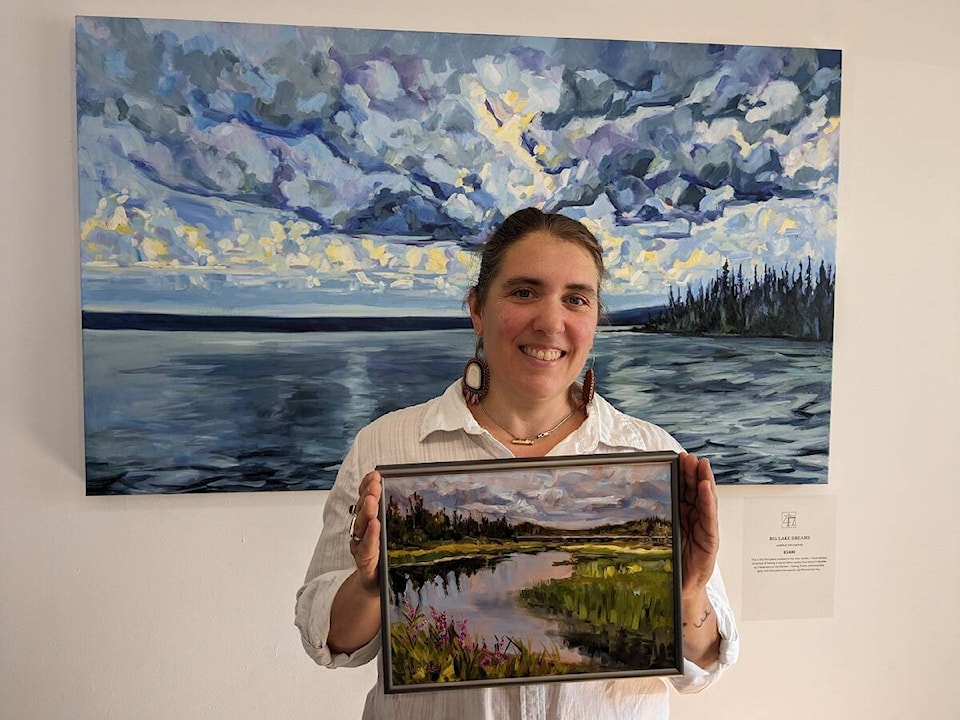Copper plates and the smell of garlic aren’t typically associated with visual art but one Yellowknife artist, inspired by Italy’s renaissance period, has made a set of paintings using just that.
Jen Walden, a local artist, had her work, dubbed the “Copper Collection”, on display at The Gallery on 47th Street on June 23.
Yellowknifer asked why she paints on copper to which she replied, “Because it’s so much fun,” she said jokingly, before giving a serious answer.
“There is a light quality to the paintings when you’re working on copper that you cannot achieve on canvas,” she said.
She explained that the paint sits on the surface of the copper and doesn’t absorb the paint which creates a similar effect as painting with oil.
Walden said she studied traditional renaissance art in Italy for four months in 2014 under a teacher who frequently painted on copper. Inspired by her work, she decided to experiment when she returned home.
She said it wasn’t a simple process to do it effectively.
“It’s been many years of figuring it out,” she said. “It’s not straightforward.”
One of the components she uses in her paintings is garlic juice. She said that the benefit of using the substance is that it helps the paint to spread across the copper and has only a single trade-off.
“My entire studio will really strongly smell like garlic,” she said with a laugh.
She explained that without the juice, the paint bunches up into little balls when directly applied onto copper.
Inside the gallery was a board that further showed why she uses garlic juice. One benefit of coating the copper with it is that the mild amount of acid in it etches the surface of the metal, forming a chemical bond which ensures the longevity of the painting.
Does she still cook with and eat garlic, considering she’s surrounded by the odor often?
“Totally, though I can tell you, cooked garlic smells way better than raw garlic,” she said. “But I have my studio garlic and then there’s my kitchen garlic.
“I don’t really like to reuse the garlic from my studio in my kitchen.”
